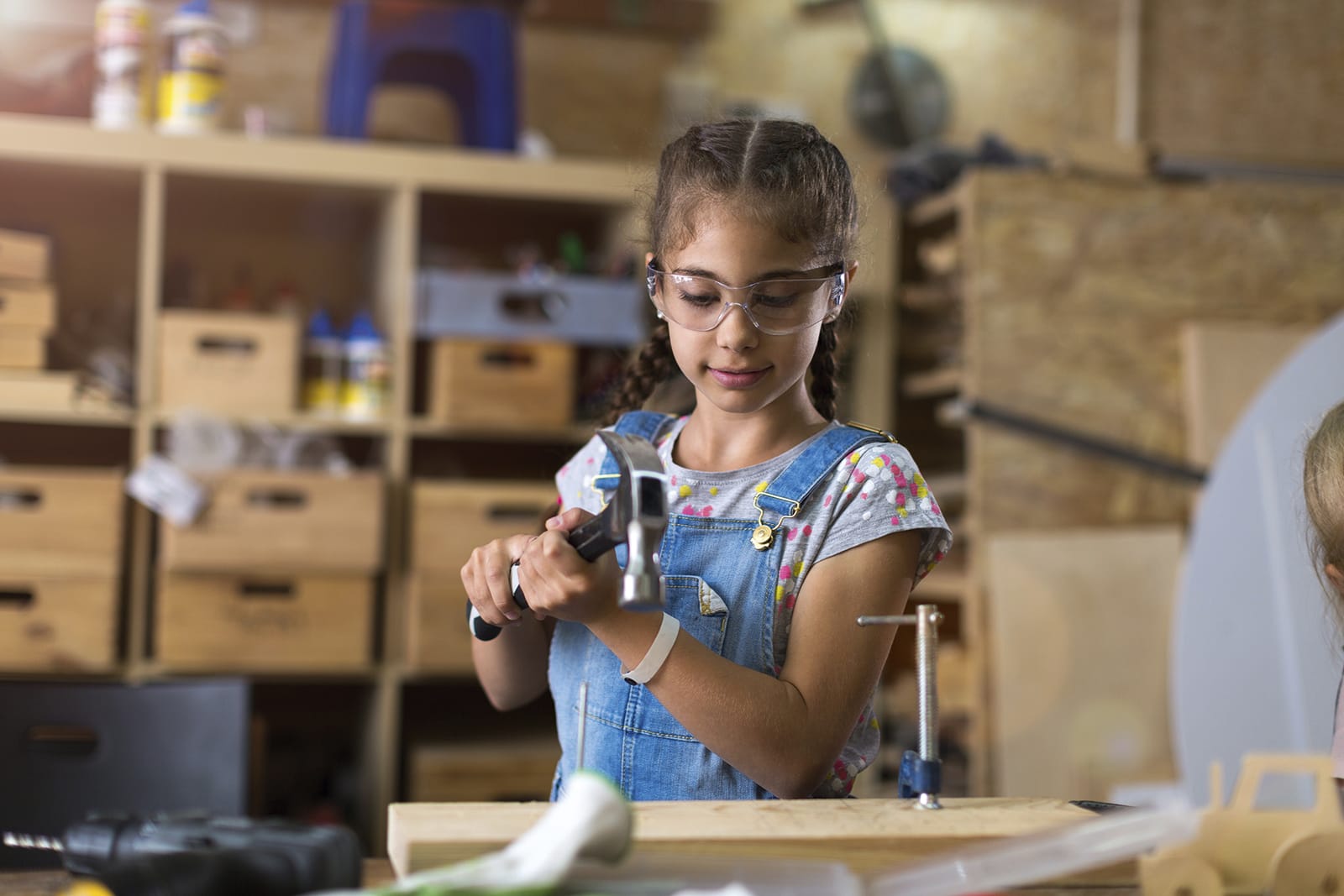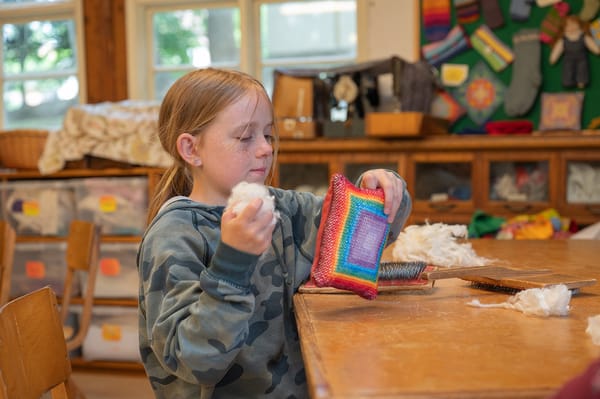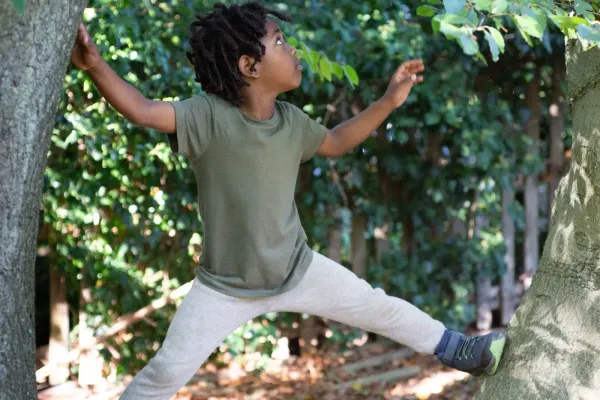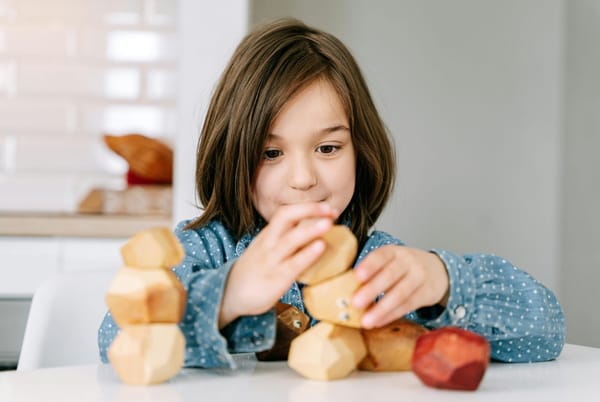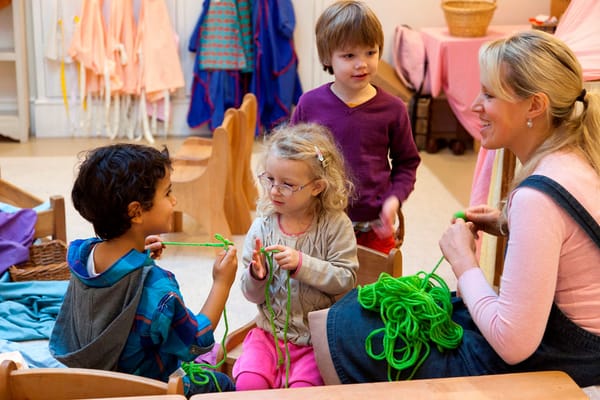Claire Ashbourne has worked with children from as young as three to help them become competent woodworkers with creation plans or ideas in mind. Here she shares how to get started
Woodwork was once commonplace in British nurseries and schools and only began to be phased out in the 1970s. This is when practical skills started being replaced by more classroom-based instruction, which was cleaner and posed less physical risk.
Meanwhile in Scandinavia, schools have continued to offer outdoor and practical opportunities. They can provide us with much inspiration.
Holistic Learning
Woodwork covers an entire curriculum of learning and education. Think language and early maths, as well as emotional benefits such as increased wellbeing and social development. Vocabulary is enhanced through communication. And finally it boosts core strength physical, and encourages grip and both gross and fine motor skill enhancement. Woodwork fosters a whole host of critical thinking and problem-solving skills and facilitates creativity by allowing children to make autonomous choices around material selection and length of involvement. The importance of ownership over your time and how you spend it begins in early childhood.
Woodwork allows for self-direction, autonomy and ownership of both time spent and creativity.


